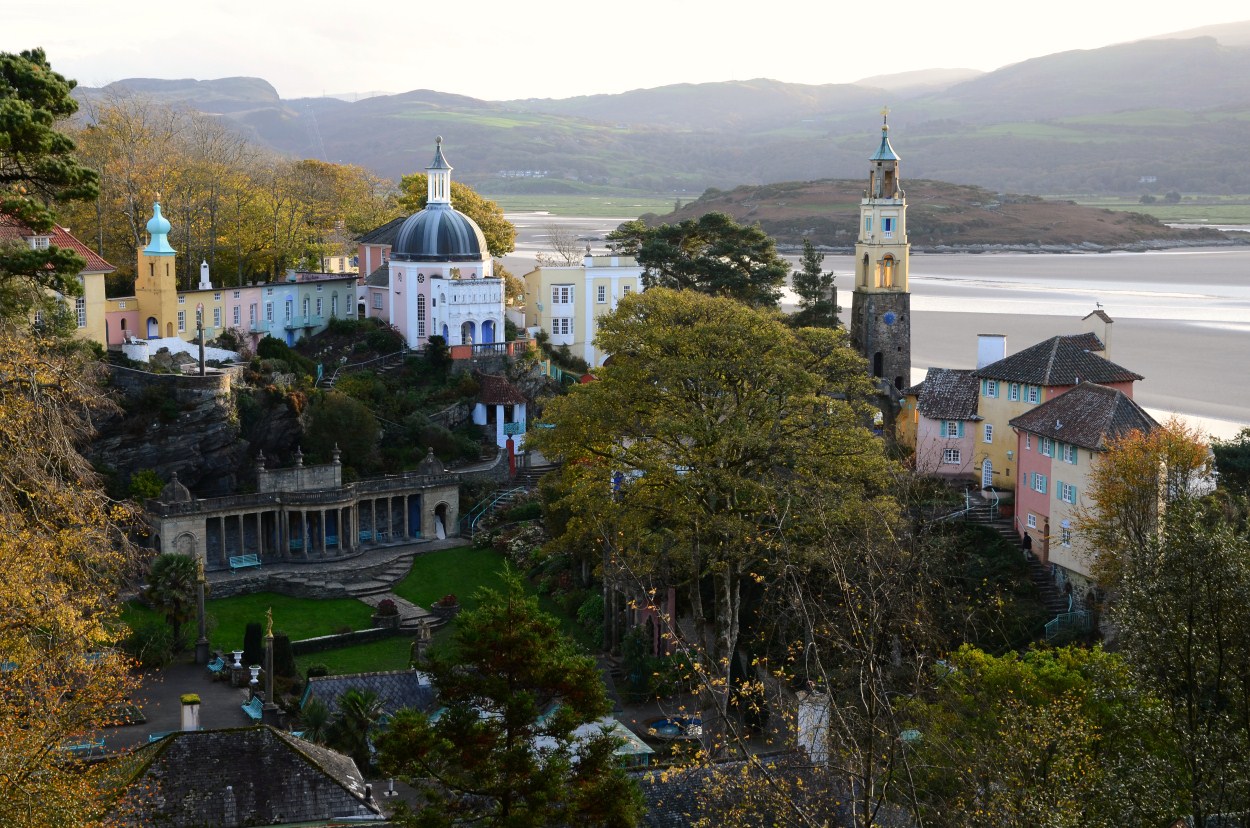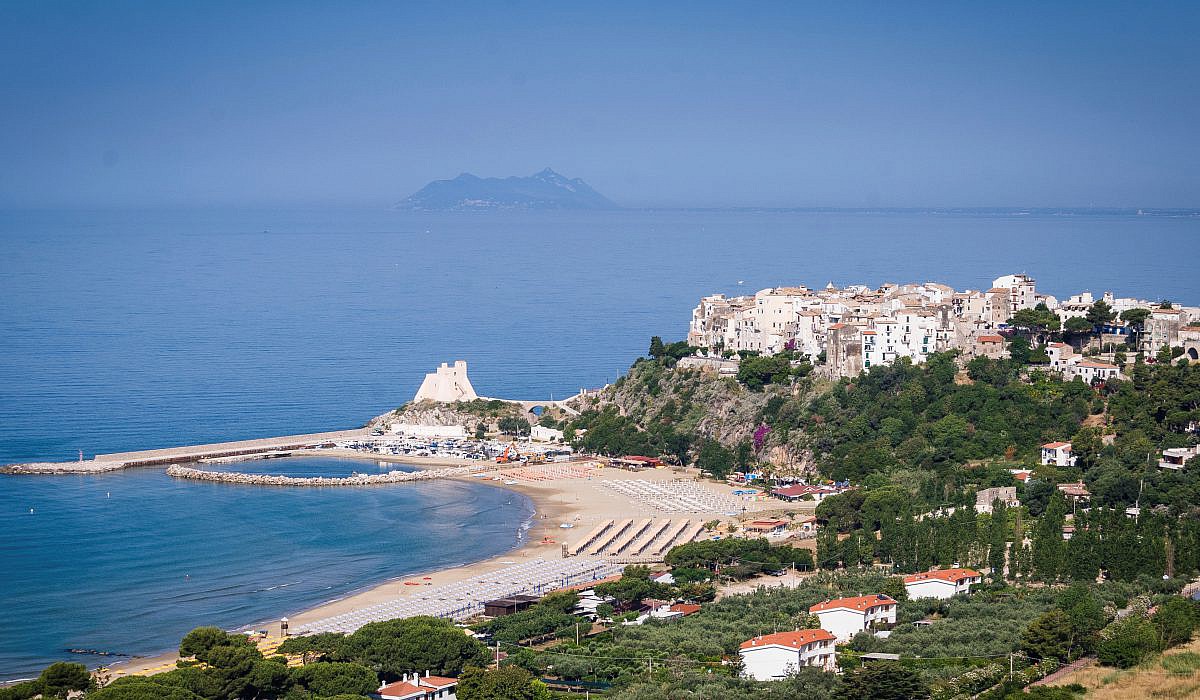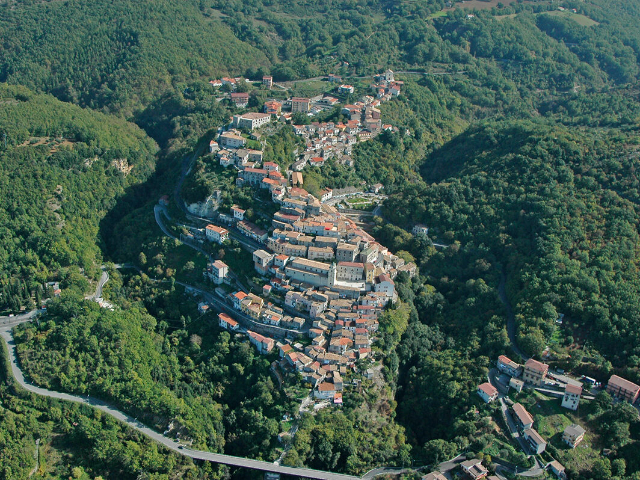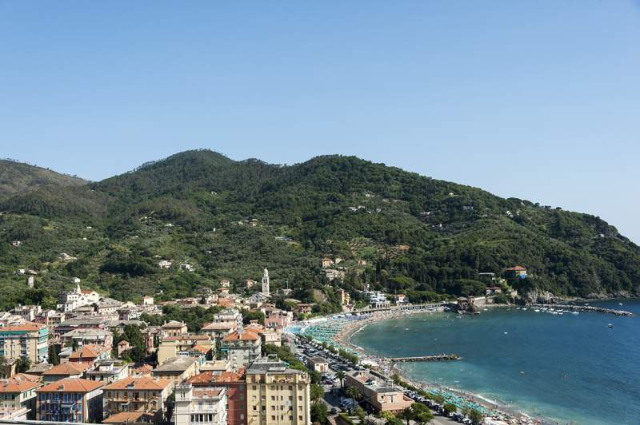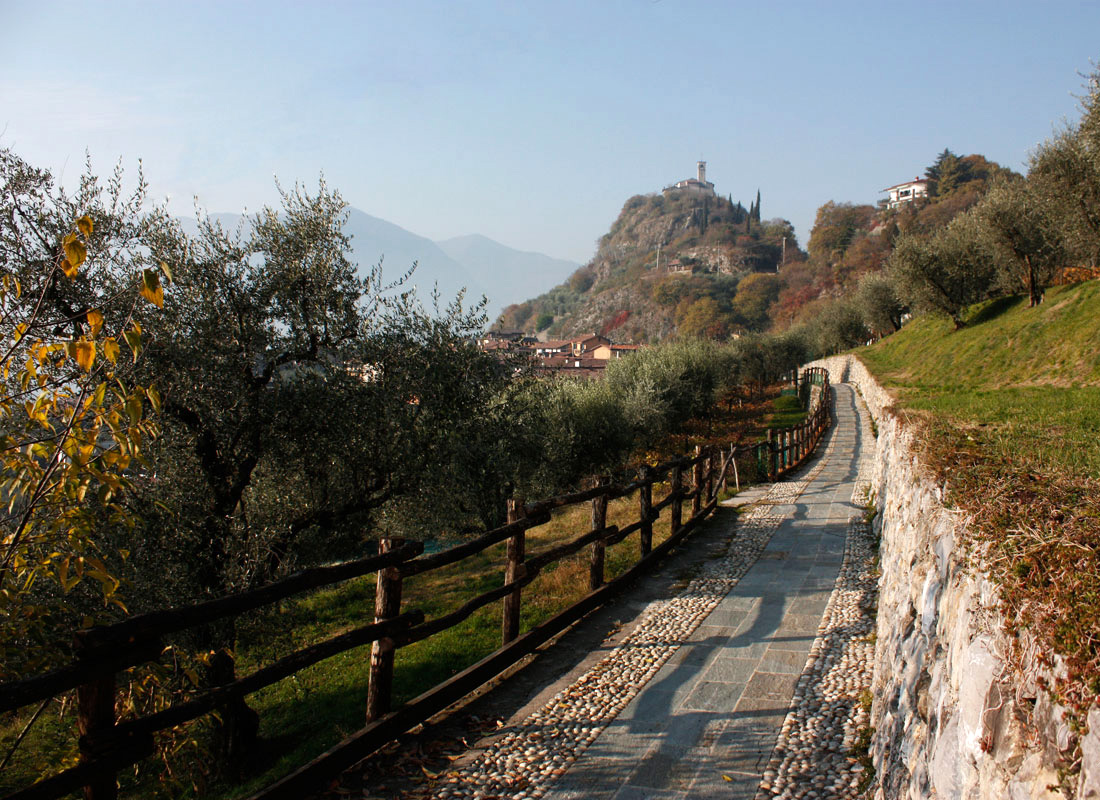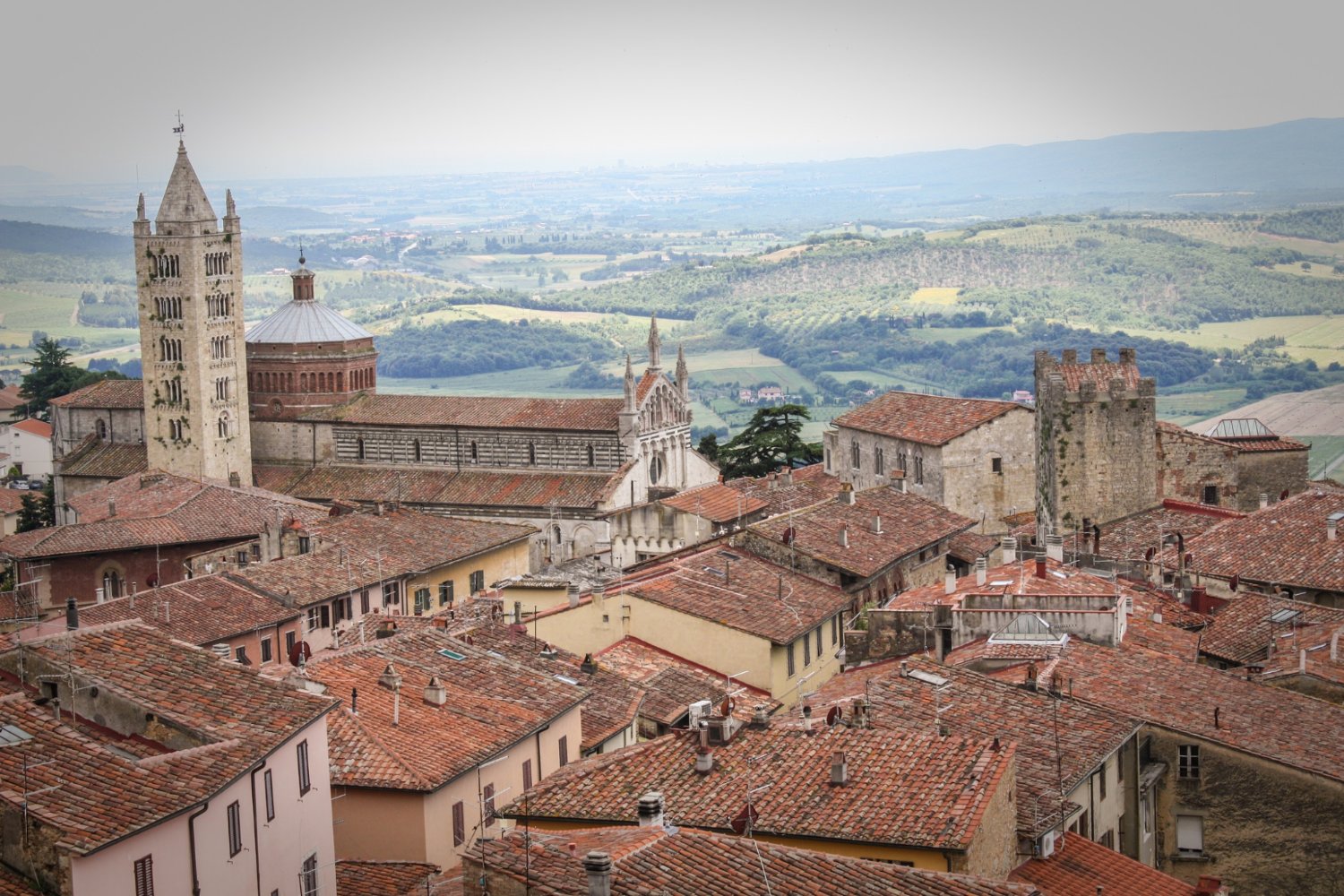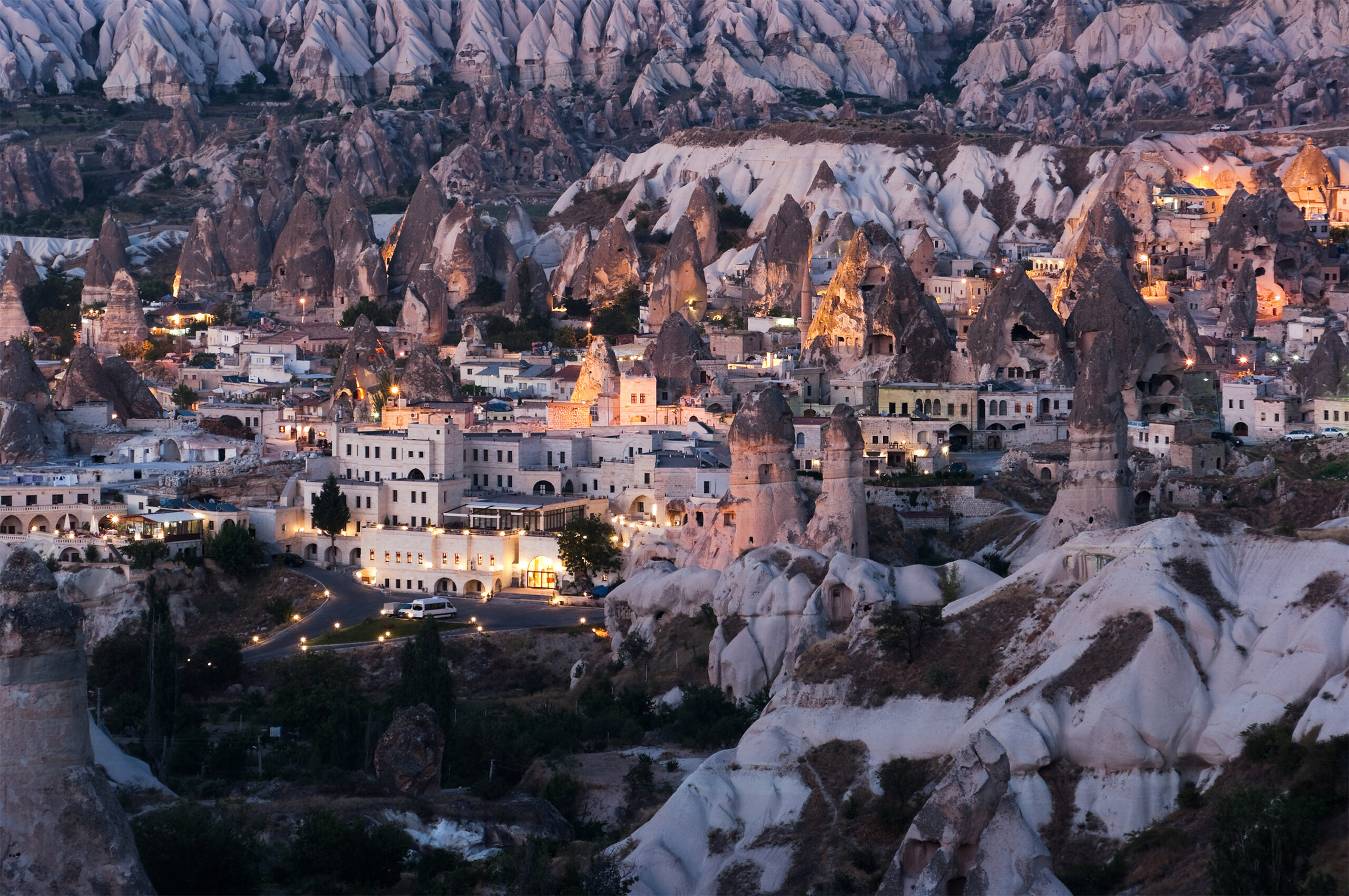Stepping into Portmeirion in Wales was like crossing the border into a fantasyland. Impossibly pretty and somewhat unreal.In 1925, the architect Sir Bertram Clough Williams-Ellis purchased the site of the village Aber Iâ (meaning Glacial Estuary) and changed its name to Portmeirion. He was passionate about landscape design and conservation as well as architecture, and he’d been considering the construction of a coastal village for some years.
Clough was a passionate campaigner for the environment, and contributed to the establishment of the National Parks of England and Wales. He was personally responsible for the demarcation of the boundary of the Snowdonia National Park.
When he bought Aber Iâ , Clough described the village as a ‘neglected wilderness’. There were just a few houses, the mansion house and Castell Deudraeth on the site at that time. But Clough set to work, transforming it into the village of his imagination.
The first stage of construction of Portmeirion took place between 1925 and 1939. During this period, Clough laid out the site and some of Portmeirion’s most distinctive buildings were added. These include the Gatehouse, the Bell Tower and the Town Hall.
The Second World War brought development to a halt, and Clough resumed work on his village between 1954 and 1976. This phase saw many of the details of the site being filled in,as well as the addition of classical buildings like the Pantheon and the Gloriette.The Italianate style of these buildings contrasts with the Arts and Crafts style seen in some of the earlier buildings. And with the brightly coloured paintwork, it all adds to the unique style and character of Portmeirion.
